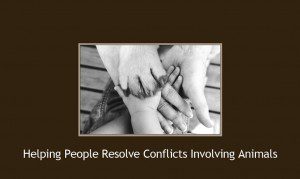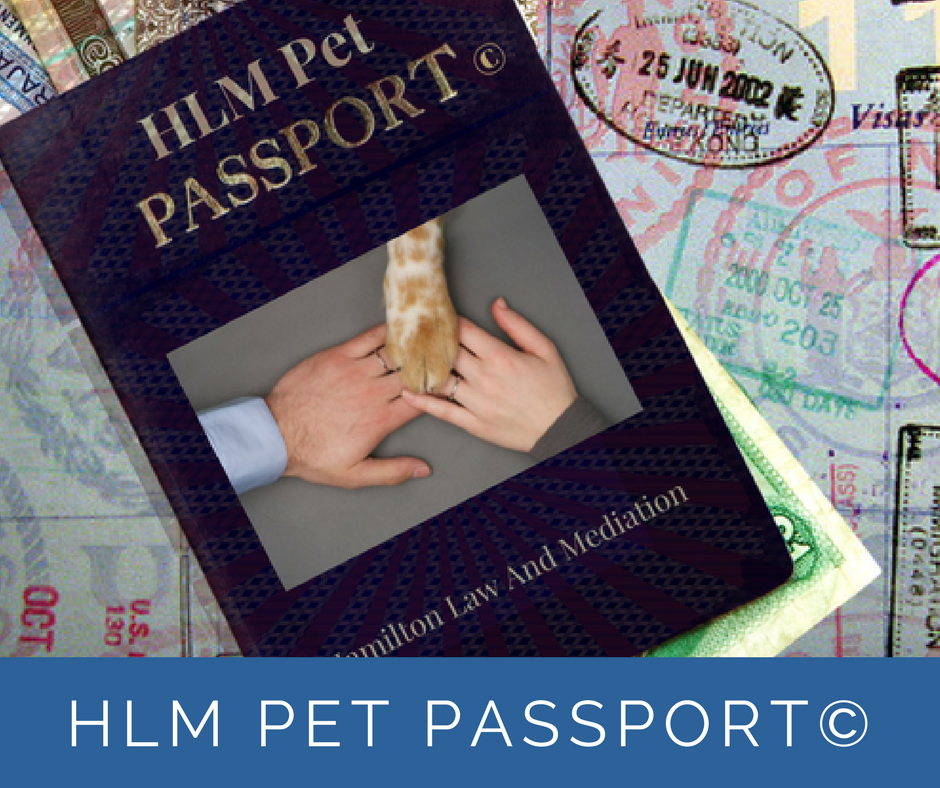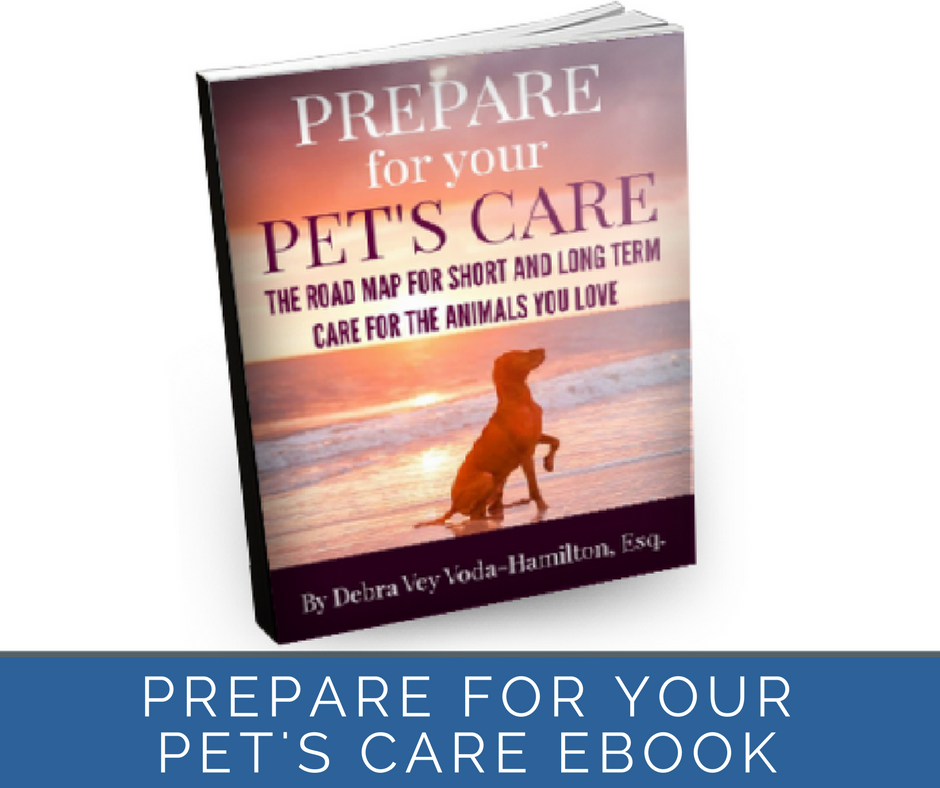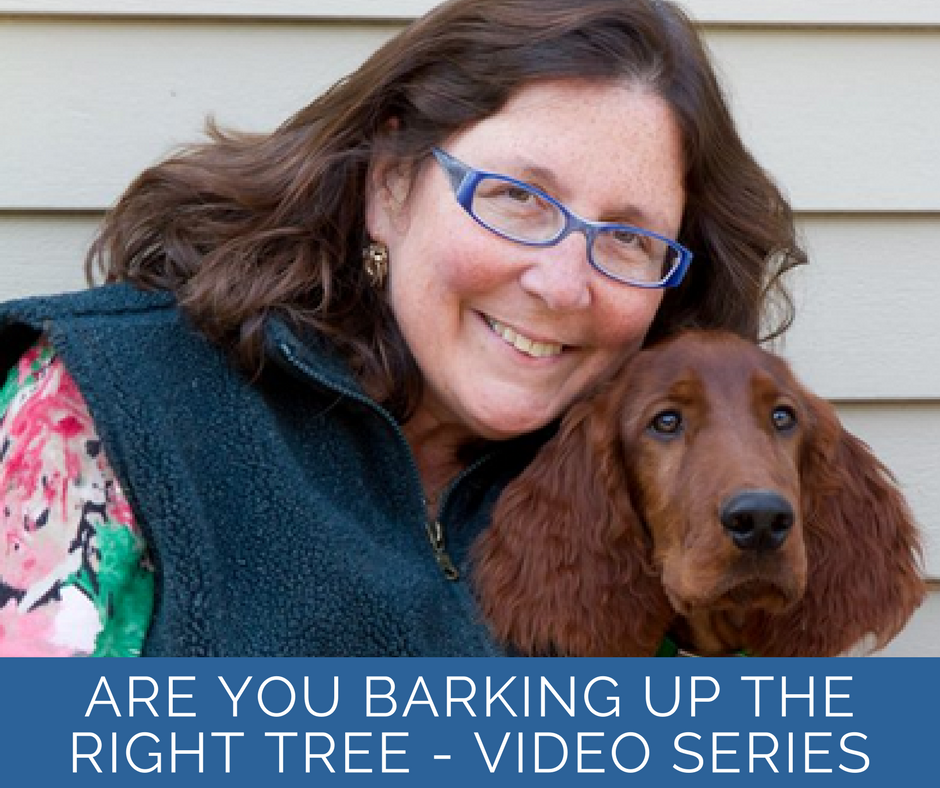It is always a challenge for me to explain to people what I do. It’s
not because I don’t know what I do; rather it is because what I do is
so simple to comprehend. It mystifies people. The usual retort is either; people pay you to do that? or boy could I have used you a few years ago when I was involved in a dispute with_________. Fill in the blank from neighbor to divorce to veterinarian.
I am a mediator. Not the usual kind, who helps people resolve their conflicts over property lines or proceed with an amicable divorce. I help people in disputes involving an animal. I use the alternative dispute resolution processes, mediation and collaborative practice, to bring the parties together. Once they come together they can work on a solution to their disagreement while retaining their relationship
going forward.
to or defend yourself in litigation.
resolution.
Mediation and Collaborative process have found their niche in
employment, HR, family and divorce law. Due to the underlying desire
to retain a future relationship in these areas, the choice to proceed via mediation or
collaborative practice, makes it easier for the parties to work their way amicably out of their current dynamic and into their future dynamic with the least amount of animosity. The parties in divorce decide how their family will look post divorce and
the mediator helps them write an agreement, reviewed by an attorney,
that the court will accept recognizing their desire to remain cordial
going forward.
In animal conflicts, as in divorce, emotions run very high. Don’t
tell a dog/cat owner, who’s pet died due to the negligence of another,
it was just a dog/cat. However, this is just what the law does. By
statute and case law an animal is property and only has the value of
property, (ie a chair). However, in mediation or collaborative, the
value of the pet can be addressed and respectfully discussed to acknowledge the value of a pet to all parties concerned.
These discussions enable the pet owner to grieve and speak freely
about their feelings involving the loss of their pet. The person(s)
who they hold responsible for the loss can speak to their part in the
conflict. The discussion and acknowledgement of positions and
feelings enables the parties to move from position to acknowledgement of feelings and ultimately toward solutions.
acknowledgement of the their humanity and the importance of the pet to
both these parties. The fact that everyone wanted the pet to live is
usually lost in translation when it dies and parties start positioning
out of anger and emotion. To be able to acknowledge this in a neutral
setting does wonders toward diffusing a highly conflicted situation.
Animal law practitioners have not yet embraced the benefits of alternative
dispute resolution in any meaningful way. In fact some law schools,
deeply committed to the advancement of the practice of animal issue
law, eschew the use of ADR in any animal conflict. They feel the use
of ADR, to resolve a conflict, portends a loss of one more opportunity
to make law protecting future animal.
diminishes the variety of outcomes the parties could have found on their own. A court-mandated solution, may in the end, serve neither the animal, its owner nor the animal activist.
Who among us know how a court will decide? Are we willing to take that risk in lieu of a mediated settlement, which may be palatable to all sides and benefit the animal in the present. We often lose site of the real victims as we champion the cause and solution as we see it.






